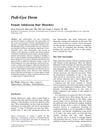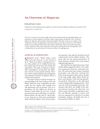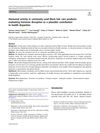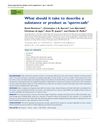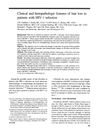Hair Cortisol Feasibility and Demographic Correlates in a Sample of Older Adults from Puerto Rico
November 2022
in “
Innovation in aging
”
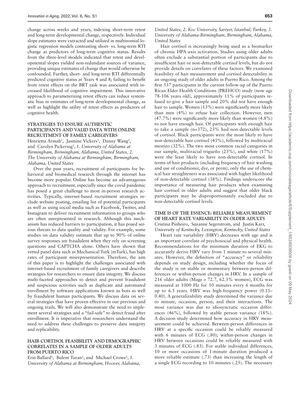
TLDR Older adults in Puerto Rico often couldn't be tested for hair cortisol due to refusal or lack of hair, with race and hair products affecting results.
In a study of 537 older adults from Puerto Rico, aged 78-106, involved in the Puerto Rican Elder Health Conditions (PREHCO) study, hair cortisol measurement faced feasibility issues. Approximately 11% of participants refused to give a hair sample, and 20% lacked sufficient hair, with women more likely to refuse and men more likely to lack enough hair. Of the 372 participants with adequate hair, 23% had non-detectable cortisol levels. Black participants had the highest rate of non-detectable cortisol at 43%, followed by multiracial mestizo at 32%, while multiracial trigueño and white participants had lower rates at 23% and 17%, respectively. The use of chemical hair straighteners was linked to a higher likelihood of non-detectable cortisol at 38%. The study highlights the need to consider hair products when examining hair cortisol in older adults and indicates that older black participants may be disproportionately affected by non-detectable cortisol levels.
